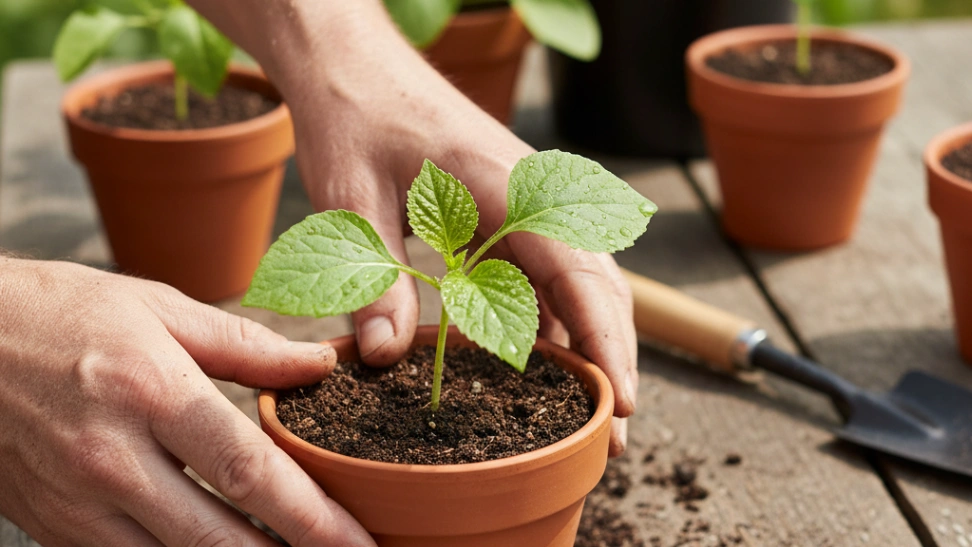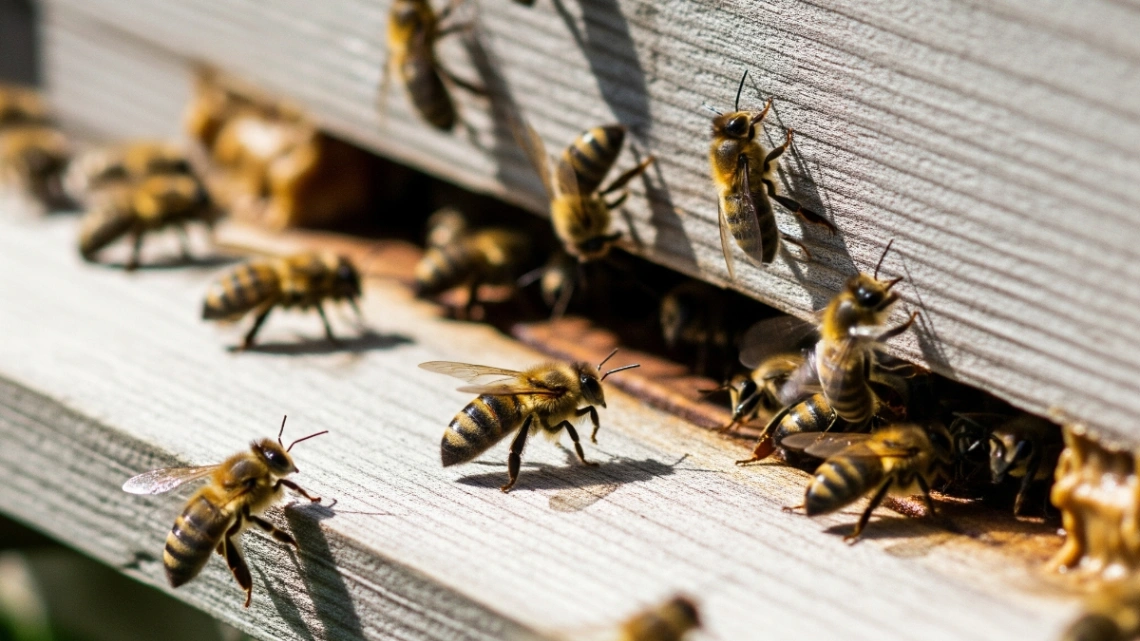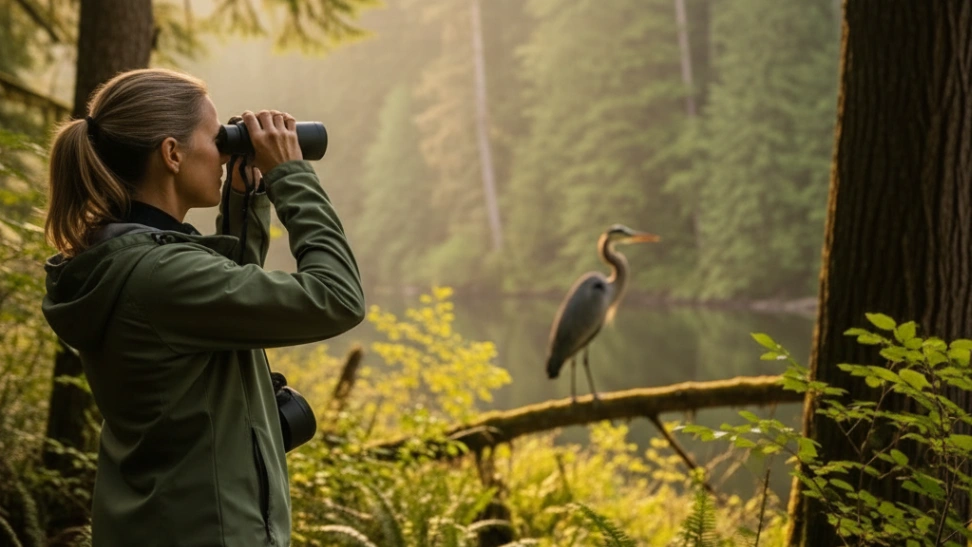The history of gardening is as old as human civilization itself, evolving directly from the earliest forms of agriculture. Around 10,000 BCE, as hunter-gatherer societies began to transition to settled agricultural communities, humans started cultivating specific plants for food. Early gardens were purely utilitarian, focused on staple crops like grains, legumes, and root vegetables crucial for survival. Evidence of early organized cultivation comes from Mesopotamia and ancient Egypt, where sophisticated irrigation systems were developed to manage water for crops. The Sumerians and Egyptians cultivated orchards, vegetable plots, and even rudimentary ornamental gardens. As societies grew more complex, particularly in ancient Greece and Rome, gardens began to serve aesthetic and recreational purposes alongside their practical functions. Roman villas featured elaborate gardens with fountains, statues, and exotic plants, reflecting wealth and status. The Middle Ages saw gardens primarily within monastic enclosures, providing food and medicinal herbs, while Islamic cultures, particularly in Persia, developed stunning geometric gardens, often with intricate water features, symbolizing paradise. The Renaissance brought a resurgence of elaborate European gardens, often designed on grand scales with architectural elements, foreshadowing the formal gardens of the Baroque period like Versailles. In the East, traditional Chinese and Japanese gardens developed distinct philosophies, emphasizing harmony with nature, symbolism, and contemplative beauty. These historical developments underscore gardening’s dual role: a fundamental human activity for sustenance and an evolving art form reflecting cultural values and spiritual connections to the earth.
Modern gardening encompasses an incredible diversity of styles and purposes, catering to every imaginable interest and scale. From meticulous formal gardens that demand precision and continuous care to wild, naturalistic landscapes that mimic ecosystems, the possibilities are vast. Urban dwellers can engage in container gardening on balconies, grow vertical gardens on walls, or participate in community garden plots, transforming concrete jungles into green oases. Suburban and rural homeowners often have the luxury of larger plots, enabling them to cultivate extensive vegetable patches, fruit orchards, or elaborate flower beds designed to attract pollinators and create serene retreats. Beyond the aesthetic and nutritional benefits, gardening provides a profound therapeutic outlet. The act of tending to plants, feeling the soil, and observing the subtle changes in growth fosters mindfulness and reduces stress. It’s a slow, patient process that teaches valuable lessons about the cycles of life, the impact of environment, and the rewards of sustained effort. The physical activity involved, from digging and planting to weeding and harvesting, contributes to overall health and well-being, often serving as a gentle yet effective form of exercise.
Furthermore, gardening plays a crucial role in promoting environmental sustainability and biodiversity. By choosing native plants, gardeners can support local ecosystems, providing habitat and food sources for native wildlife, including birds, bees, and butterflies, which are vital for pollination. Organic gardening practices, which avoid synthetic pesticides and fertilizers, contribute to healthier soil, cleaner water, and a reduced carbon footprint. Composting kitchen scraps and garden waste turns what would be landfill waste into nutrient-rich soil amendments, closing the loop on organic matter. Growing one's own food significantly reduces reliance on industrial agriculture, cutting down on transportation costs, packaging, and the environmental impact associated with large-scale farming. Even a small backyard garden or a few pots of herbs can contribute to food security and provide fresh, chemical-free produce, enhancing both individual health and local ecological resilience. The communal aspect of gardening, often seen in community gardens or seed-sharing networks, builds stronger local ties and shared knowledge, fostering a sense of collective responsibility for our environment.
Embarking on a gardening journey begins with understanding your local conditions and what you hope to achieve. This involves assessing factors like sunlight exposure throughout the day, the type of soil you have, and the local climate zone. Researching plants that thrive in these specific conditions is paramount for success, as choosing the right plant for the right place minimizes frustration and maximizes growth. Beginners often start with easy-to-grow vegetables like lettuce, radishes, or bush beans, or resilient herbs such as mint and basil. For ornamental gardens, common annuals like marigolds, zinnias, or petunias offer vibrant, long-lasting color with relatively little fuss. Understanding basic plant needs—water, sunlight, and nutrients—forms the foundation of successful gardening. Consistent observation of your plants for signs of stress, pests, or disease allows for early intervention, preventing minor issues from becoming major problems. As you gain experience, you can gradually expand your garden, experiment with more challenging species, and delve into advanced techniques like companion planting, crop rotation, or propagation, transforming your outdoor space into a thriving, productive, and beautiful sanctuary.



